The prompt to documenting this Khatta Dhokla flour came from the overwhelming response to the Khatta Dhokla videos I shared on my Instagram stories. In normal times I am mostly alone at home but the social distancing times triggered by COVID -19 situation has kept all of us home bound thought of taking advantage of the extra hands at my disposal we shot a Khatta Dhokla while I cook. So between all those zoom classes, we managed to shoot the Dhokla video. I have always believed that recipes should be empowering, not intimidating. And the ease to be able to make your dhokla flour in minutes helped many attempt making Dhokla I shared. Of course, one can also soak the rice and dal, grind them and ferment however, it is too much work for some who do not cook on regular basis but are cooking because of current situation.
Gujarat has many regional avatars of Dhokla, with Dhokla flour readily available at most flour mills in our neighbourhood we have forgotten the ratios of rice to dals (unless we have a family elder to guide us). Note that there are numerous ways to it, each family or region has its ratio. We have maize, millets like Bajra and Jowar added to Dhokla flour. My Kaki who is from Kathiyawar/Saurastra always makes Khatta Dhokla that has grated bottle gourd, peanuts and fenugreek seeds added to the sunshine yellow batter while my MIL who is born and raised in Ahmedabad makes it the way I shared and my mum never made Dhokla, it was always Idadaa for her. I still remember we always took the washed and sundried rice-lentil mixture to the neighbourhood flour-mill for milling. The containers had to be left there as the milling happened in slots, so Handvo-Dhokdu flour was milled once in a couple of days. I am sure each container had rice-lentils mixed to its maker’s preference. Grinding the soaked rice-lentil would have been a norm only after heavy-duty mixer-grinders entered our kitchens.
So coming back to the ratios, they can be regional and individual!! Few that I follow for Khatta Dhokla are
3 parts rice, 1 part Chana Dal, with some toovar dal added.
1.5 parts rice and 1 part mixed dal -Chana and toovar are dominant
2 parts rice and 1.25 parts Urad dal
The rice we use is old/aged, small-grained fragrant rice. Traditional wisdom is to use broken-rice/Kanki that one avoids to cook and serve!! The norm is to wash and sun dry the mix but if you cannot do that dry roast, cool and grind.
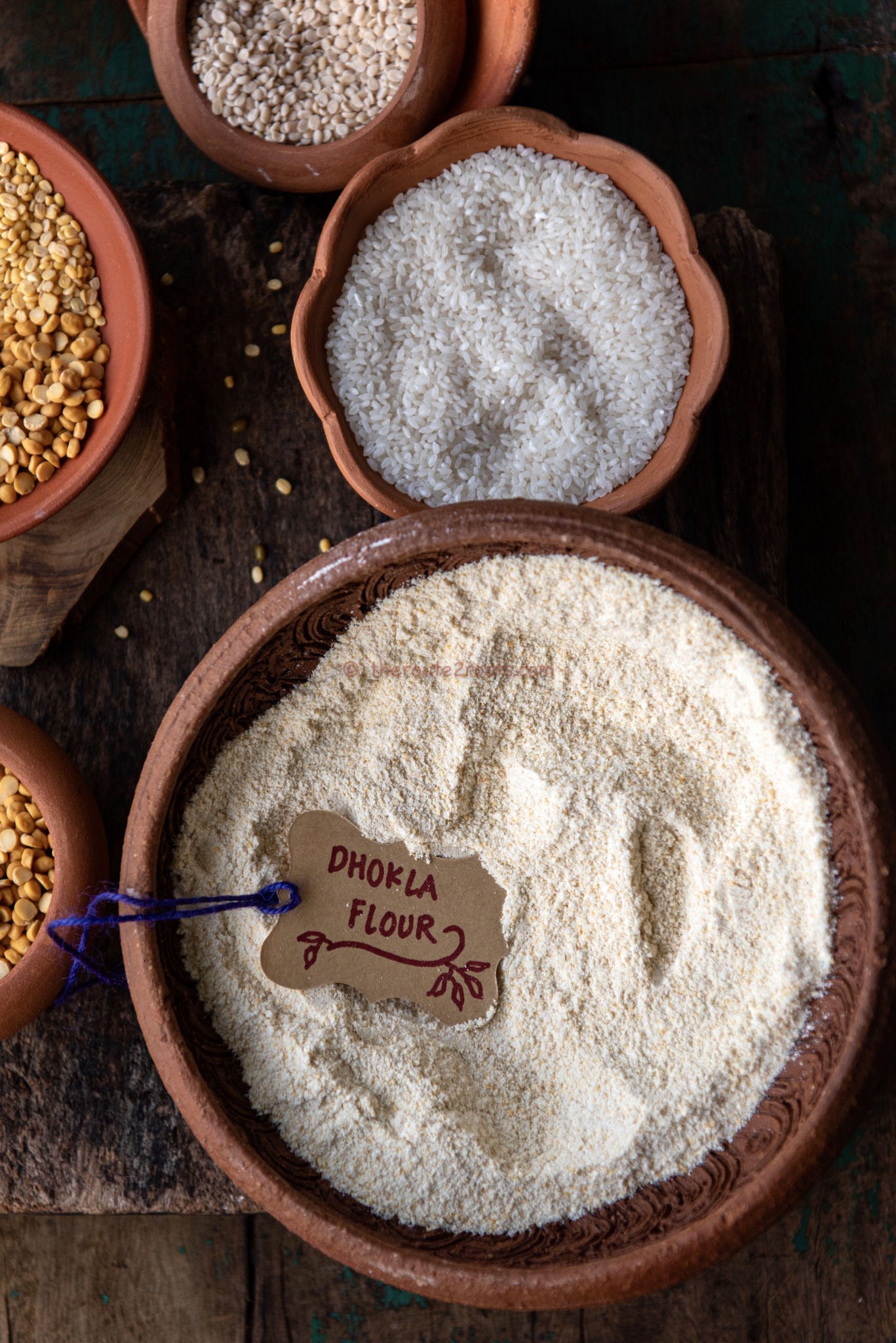
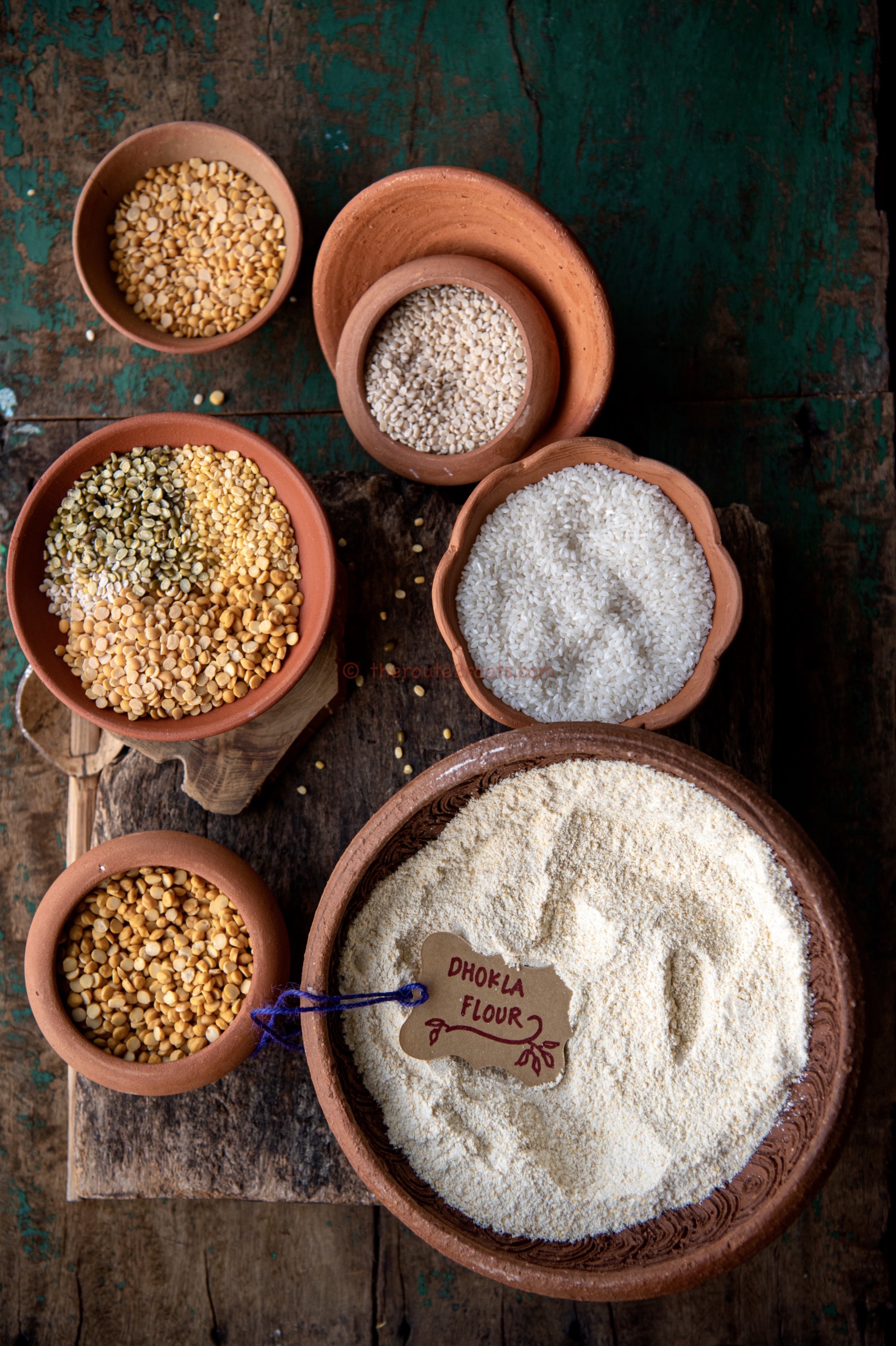
Khatta Dhokla Flour
Ingredients
- 3/4 cups rice, small grained, aromatic or broken rice
- 1/4 cup Chana Dal
- 2 tablespoons Tuvar Dal/pigeon peas lentils
Instructions
Mix the rice and lentils.
Wash and sun-dry the mix.
In the hot conditions of India it takes 2 days to completely dry it.
Alternatively, dry roast the mix and cool it completely.
Once cooled, using a chutney jar or dry grinder, grind it to a semolina like texture.
The flour will be hot, let it cool before storing in a air tight jar.
Notes
Ideally, the rice and grains are washed before grinding. BetterIf you can do it that way. I stay in Singapore and have been able to do it successfully. Since I make small batches the drying does not take much time. If you are doing a larger batch sun-drying or roasting helps increase the life of the flour.

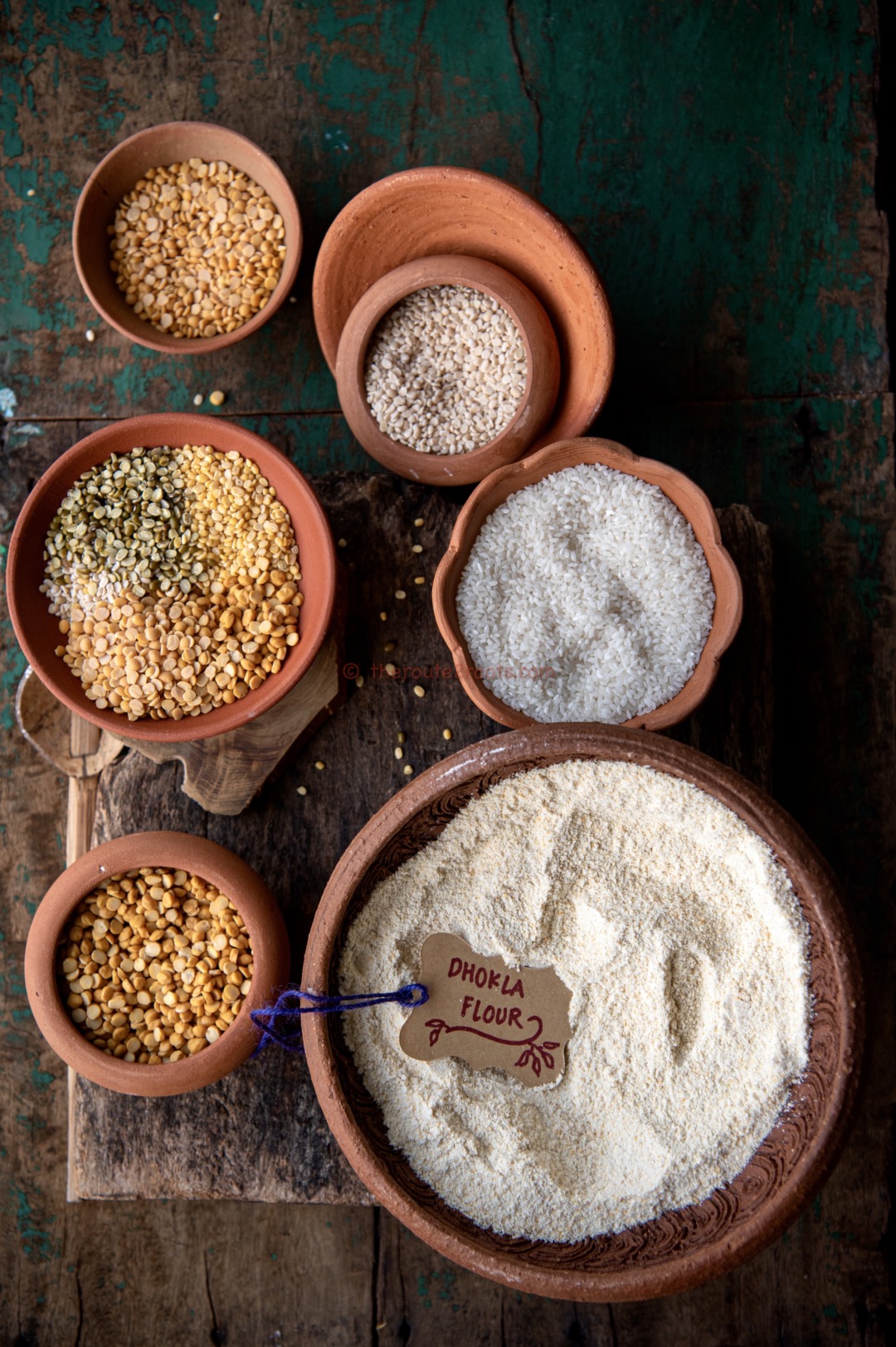

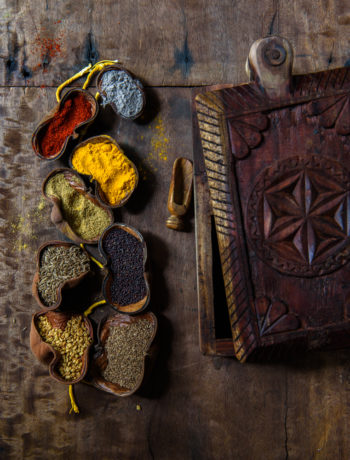
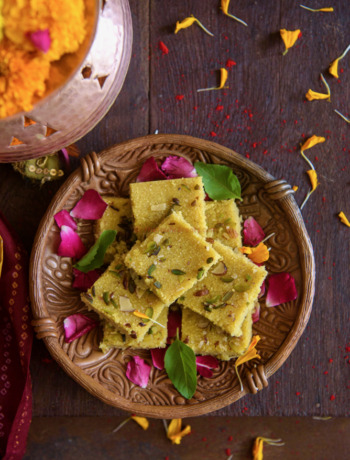
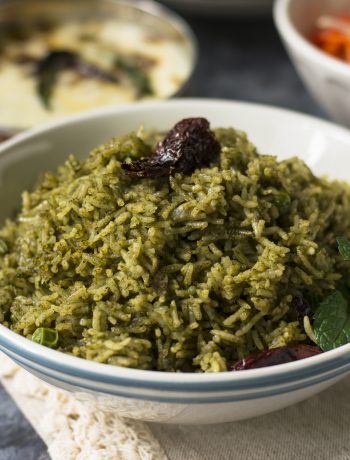
No Comments